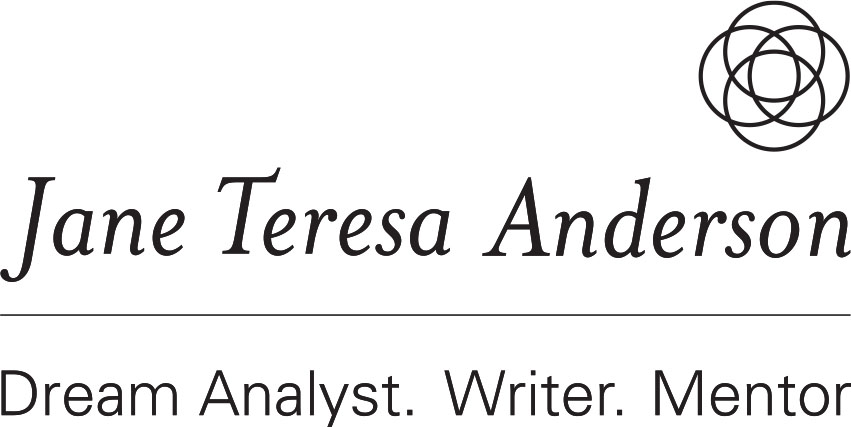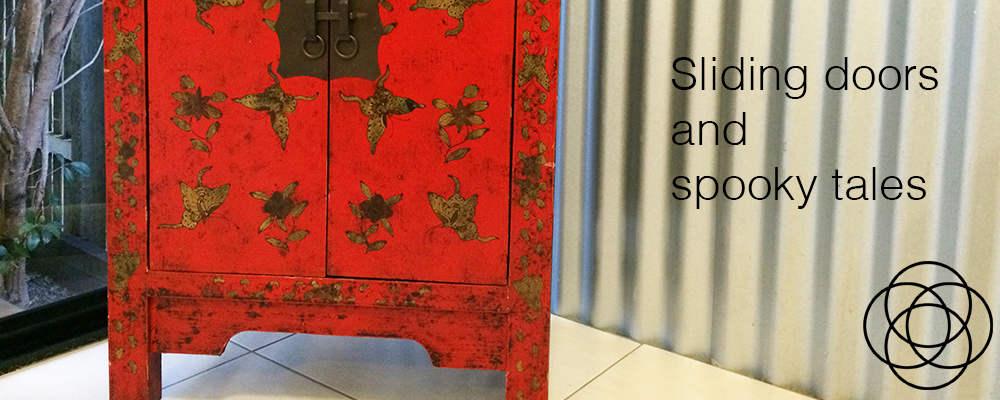This little cupboard has moved from house to house within our family for years, and we have always forgiven it for its one fault, doors that open whenever you walk past. The bolt that is designed to keep the doors closed is too short for the task, losing its grip and slipping out at the slightest vibration.
It belongs to my son, Euan, and his wife, Nataly, but from time to time, when they’re overseas, it graces a corner in our home, as it does now.
“I could fix it with a strip of Velcro,” said Euan, steadying the cupboard into place earlier this month. “I don’t know why I haven’t thought of that before. Glue a strip of Velcro on the inside-top edge of each door to hold them onto the cupboard frame.”
“Or magnets,” I added, warming to the theme.
Past solutions have been more temporary, a cocktail stick or feather threaded into the latch to hold the bolt a little tighter. Or a wad of paper, wedge of cardboard, hairclip, rubber band, piece of string, or silk ribbon bow. None of which really worked.
I found some magnets, and several experiments later we were no closer to an adequate solution.
We stood back and thought again. “We could tip the cupboard back a bit,” we announced together. A good idea that, let gravity help us out.
“Or file down the back legs,” suggested Euan, then the cupboard would still look straight.
Aha! We looked at each other and laughed. Euan found his spirit-level app and did the measurement. The cupboard wasn’t level. It was leaning slightly forward, imperceptible to the eye, but enough for gravity to pull on the doors and pop the short bolt aside.
So that was the plan. Euan would file down the back legs so the cupboard would sit straight and level and the doors would remain closed.
We flipped the cupboard upside down. There, on each of its back legs, was a white plastic grommet. There, on each of its front legs, was a telltale hole where screws had once held grommets in place. No wonder the cupboard wasn’t level. We didn’t need Velcro, magnets, cocktail sticks, feathers, wads of paper, wedges of cardboard, hairclips, rubber bands, pieces of string, silk ribbon bows, or a saw to file down the back legs. We just needed two grommets for the front legs.
Better still, Euan simply snapped the grommets from the back legs and popped them onto the front legs, so the cupboard leans ever so slightly backwards, imperceptible to the eye, taking all pressure off the short bolt.
Which all goes to show, we thought, standing back from the big picture, that the way to solve a problem is to get down to basics, fix the foundation upon which everything else depends.
In life, it’s easy to get fixated on the problem you see, and to try and fix it at that level, rather than to explore the foundation of the problem. The problem may relate to a house built on sand, a business built on unserviceable debt, a relationship built on undisclosed expectations, a health regime built on inadequate nutrition, a project built on self doubt, a way of life built on narrow vision.
The house may be a perfectly fine house if built on rock, the business profitable if financed without debt, the relationship rewarding if expectations are negotiated, the health regime healing if supported nutritionally, the project successful if energised by confidence, the way of life richer if built on broader vision.
While it might be easy to point to the sand as a problem foundation for the house, or the unserviceable debt as a problem foundation for the business, it’s not so easy to notice self doubt, narrow vision, or undisclosed expectations as foundations for other problems in our lives. We didn’t know about the missing grommets until we turned the cupboard upside down.
Many of our foundation beliefs about life are unconscious, deeply programmed during our early years. We make choices and take actions (or hold back from taking actions) based on those unconscious beliefs. Some of those unconscious beliefs are good, some not so good. The not so good beliefs may be the source of a problem in your life, in the same way as the missing grommets caused the problem of the cupboard’s doors swinging open when we walked past. When you become aware of those not so good beliefs, you can replace them with better beliefs, in the same way that we became aware of the missing grommets and replaced them.
Dream analysis offers one of the best avenues for discovering unconscious beliefs, and dream alchemy one of the best methods of replacing not so good beliefs with better ones.
I’m reminded of a spooky (true) story here, and I think you’ll enjoy it.
Years ago Michael and I spent a few weeks on an isolated 50 acre property, looking after someone’s house while they were away, testing to see if the lifestyle would suit us.
“The house is haunted, by the way,” the owner said, “but you’ll be ok. You’ll notice doors opening by themselves, that’s all.”
There was a concertina door into the bathroom and, as often as I left it closed I would return to see it wide open. I decided the floor was probably slanted, causing the lightweight door to slowly slip open over a period of time. Or maybe an animal, a cat, a lizard, a snake, was responsible.
One morning, I got out of bed and went into the kitchen to make a cup of tea. I nearly jumped out of my skin when I saw the microwave oven door wide open. It takes force to open a microwave oven door. You’ve got to press the latch, pull it back. No cat, lizard, or snake that I know is capable of that. I felt goosebumps run up my arms as I made the tea.
I took Michael’s tea into the bedroom and told him about the microwave oven door. “Maybe the house is haunted after all,” I said. Up until then, I hadn’t believed in ghosts playing around with doors to spook the living. Now I wasn’t so sure.
Michael’s reaction was completely different to what I had expected. “I got up in the middle of the night,” he said, “and it was so dark that I opened the microwave oven door so I could see by its interior light.”
Was the house haunted? I don’t know, but we were very glad to leave and return to life in the inner city.
Our unconscious beliefs can haunt us, invisibly guiding our choices, spookily opening and closing doors to opportunities. Understanding your dreams can help you become aware of those beliefs and to make conscious choices to build firm, positive foundations for the opportunities you would like to embrace.

